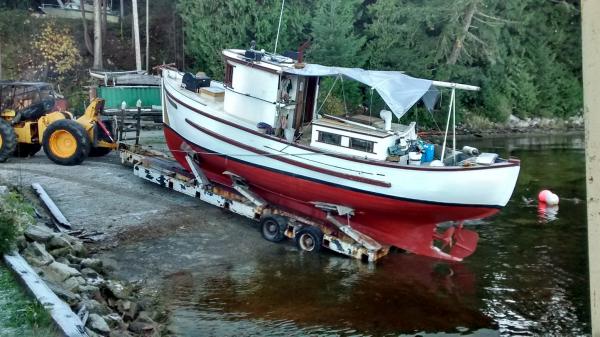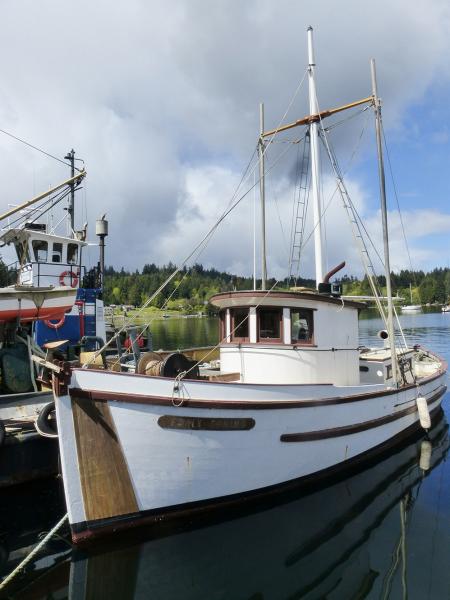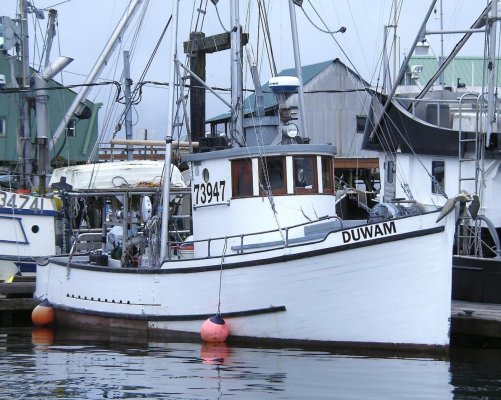When I bought my Celica GT4, I knew I didn't need 155kw (about 200hp) and a top speed of 240kph, (=~150mph), but I felt that was it was designed as a rally car, with all that implies, then if I just drove it sensibly, it would not even be breathing hard in normal use, and should be bullet-proof. This philosophy has been proven correct. I still love it and it's still going strong 25 years later, in near perfect condition at 270,000 km, (=~, oh bugger it, you do the damn US math).
Anyway, I sort of feel that boats are not that different. As I have on occasion been darned glad of the extra power to get me out of trouble, (and on occasion, as it is 4WD), tow someone else out of trouble, so also am I glad that my boat at hull speed is not really breathing that hard, has reserve, and on occasion I have actually used this to tow other grounded boats off. As I see it, as long as it's up to operating temp, further load is largely irrelevant, and it is so frugal I don't mind buying the bit extra fuel for that reserve. The fact it is still effective purring, and 'using no oil', (I know - they'll use a bit - gotta, right), at some 5000 hrs plus, I think I'm not far wrong - just saying'.










